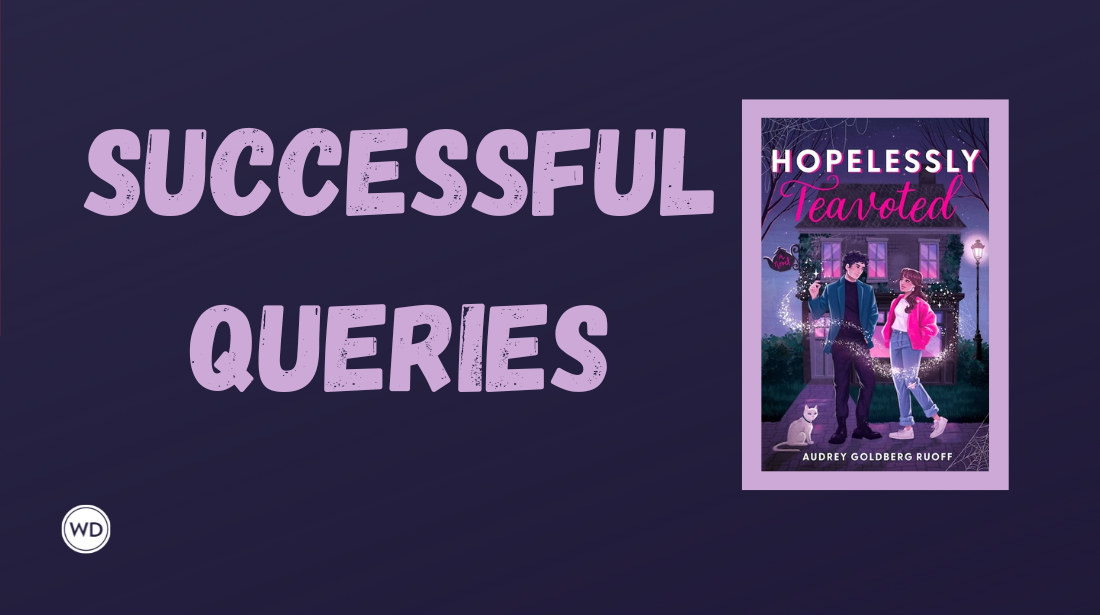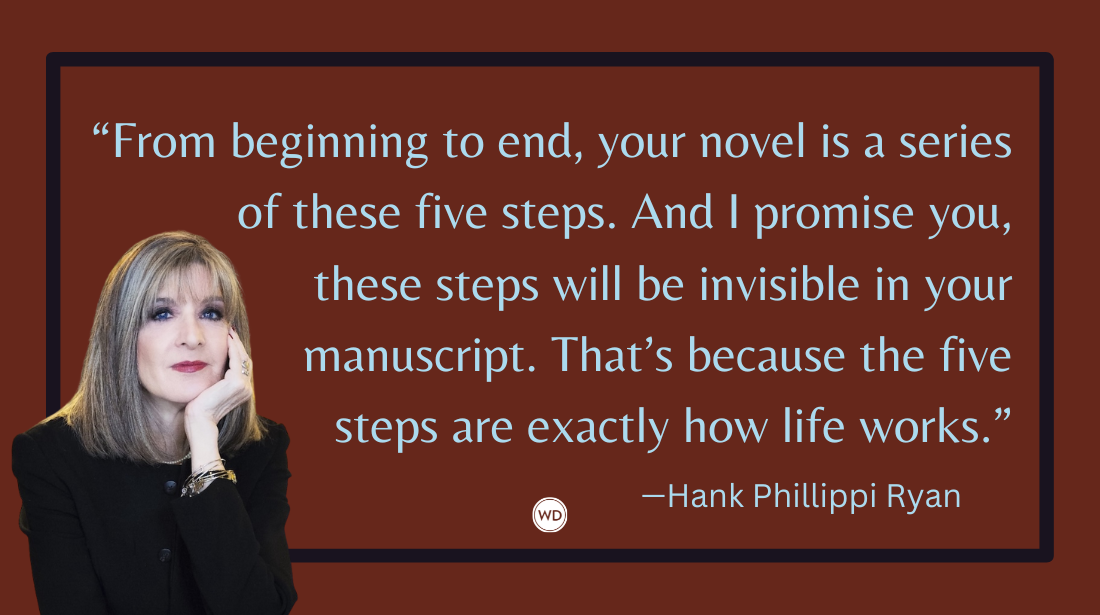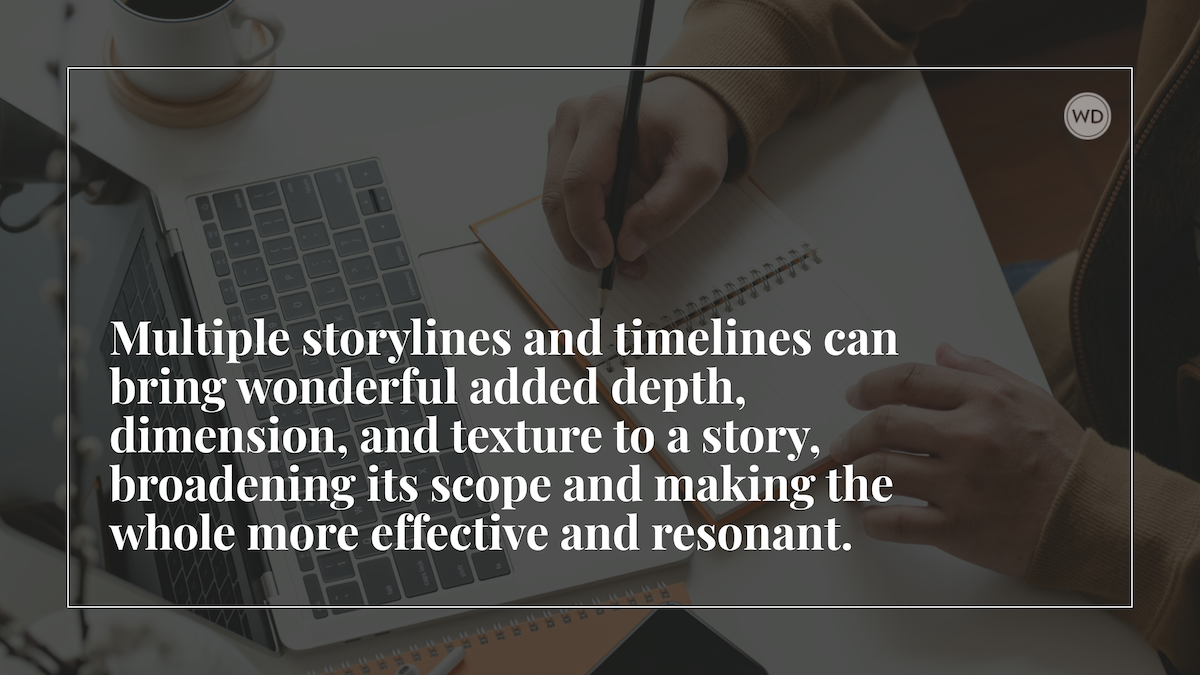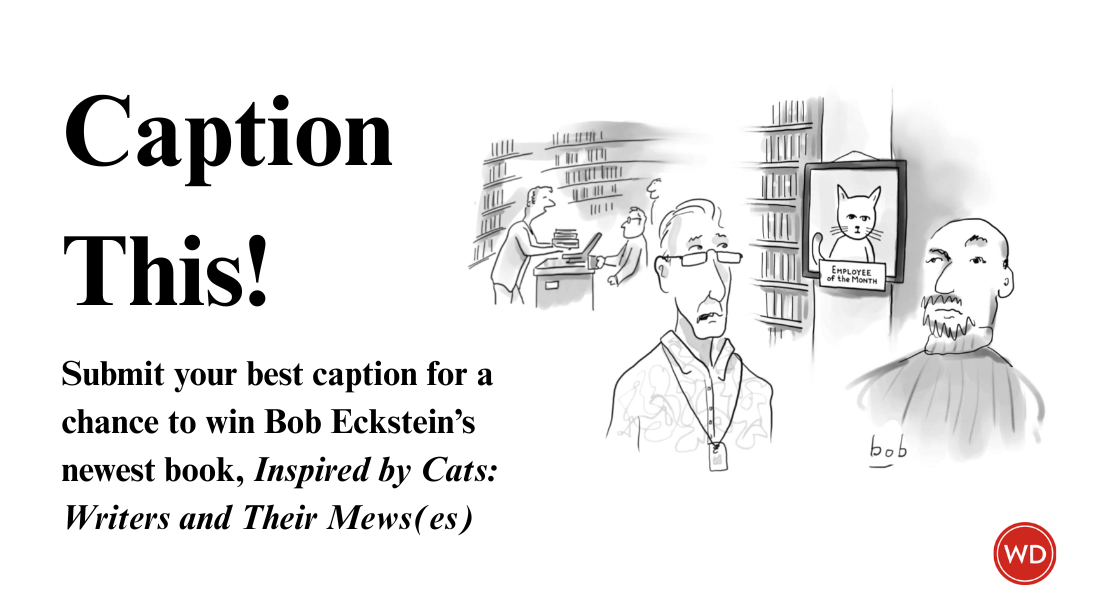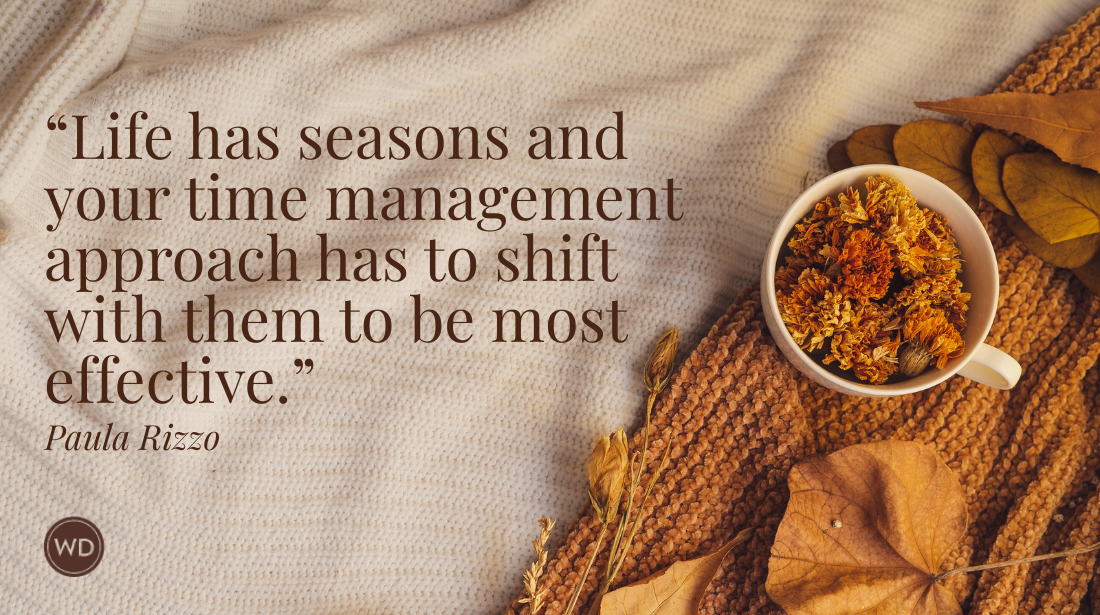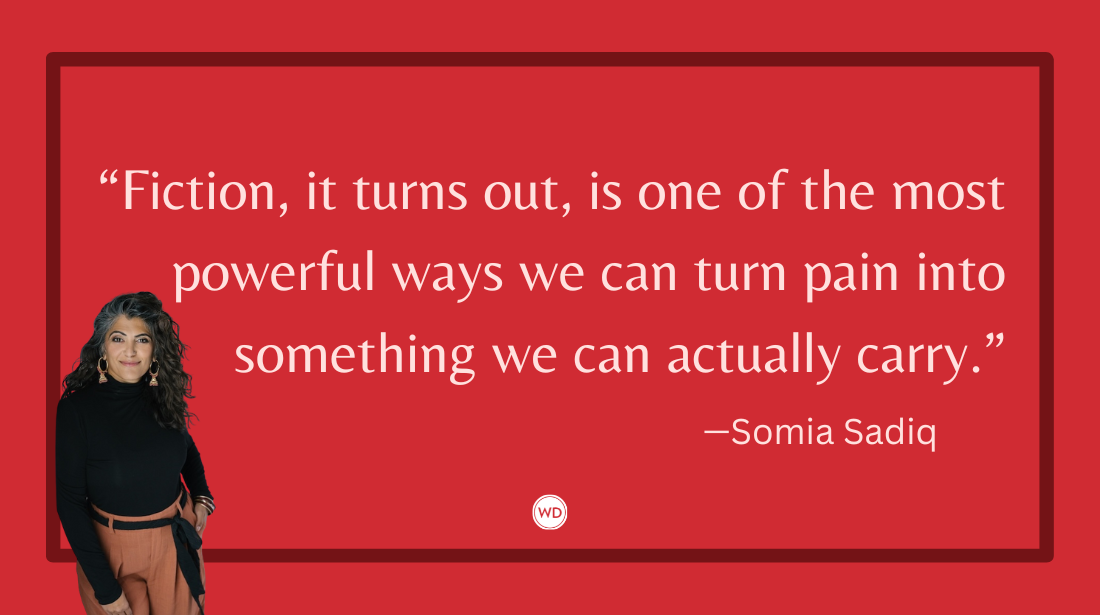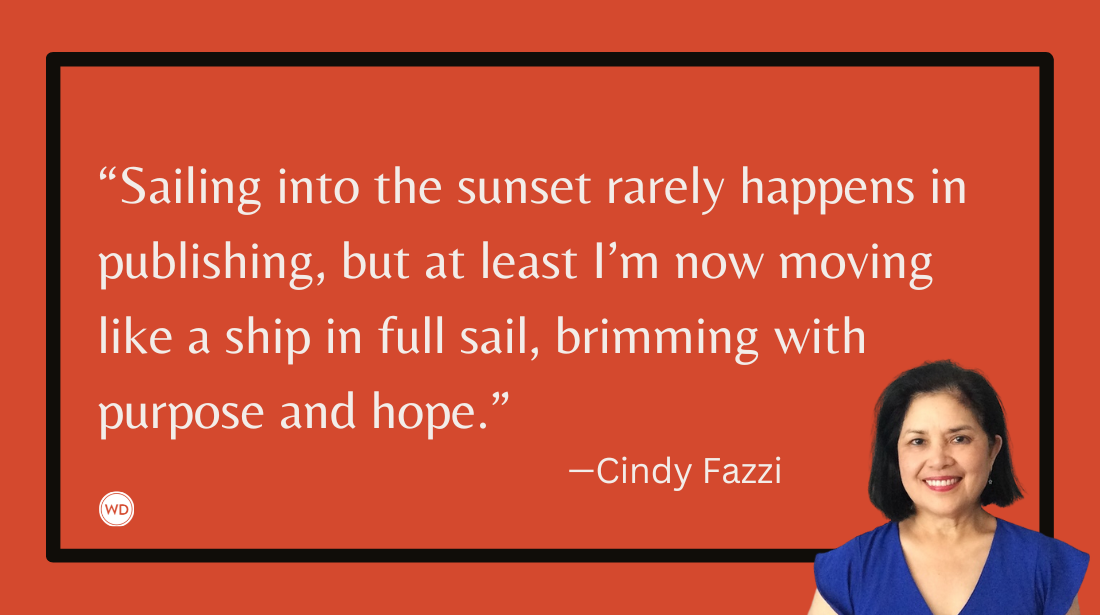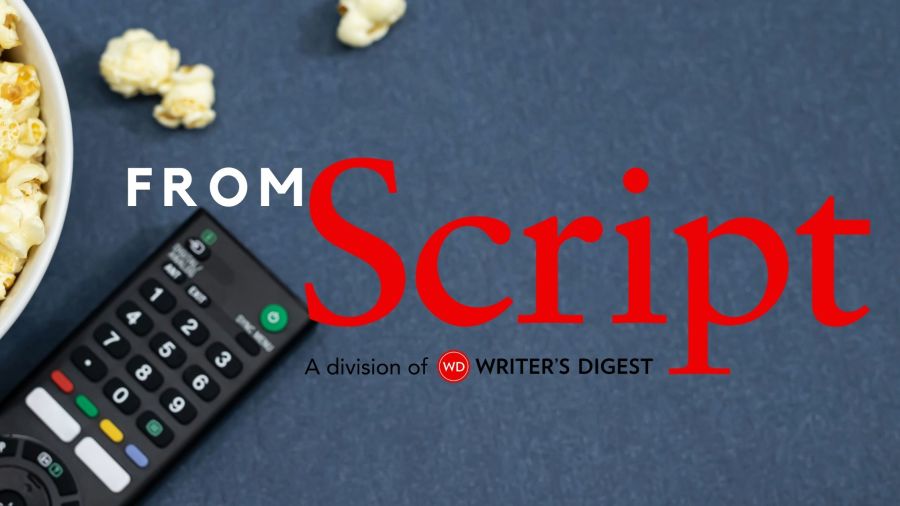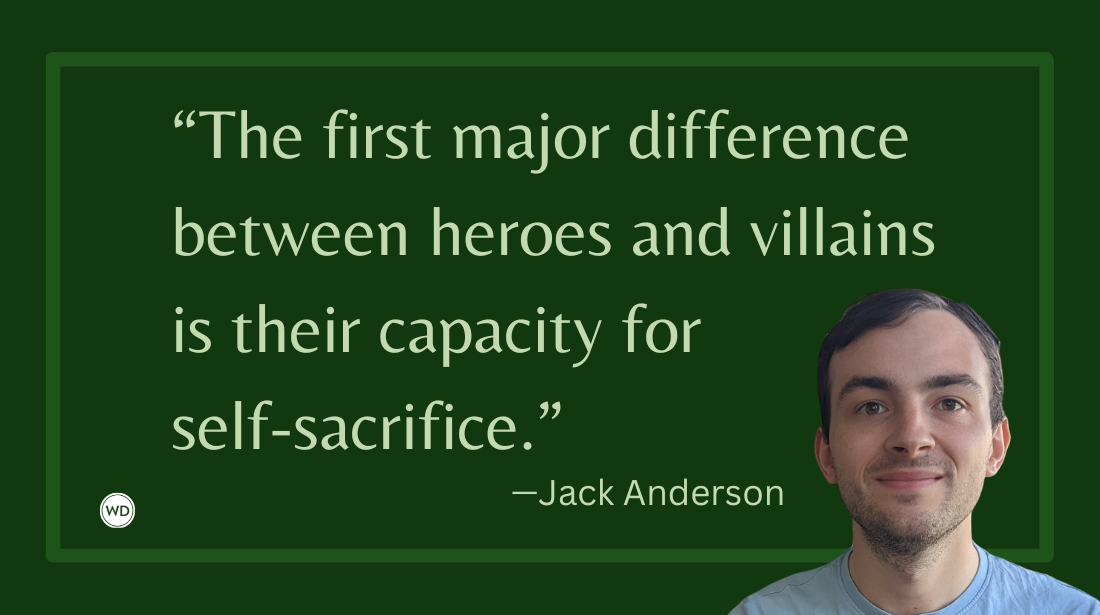Welcome back to the Successful Queries series. In this installment, find a query letter for Audrey Goldberg Ruoff’s debut novel, Hopelessly Teavoted, as well as thoughts from editor Melanie Iglesias.
Audrey Goldberg Ruoff is a former high school English and journalism teacher who taught with the enthusiasm of Valerie Frizzle, but for secondary education. She lives in a suburb of Washington, DC, with her spouse, her kids, a scrappy but loyal little dog, and a witchy black cat. Hopelessly Teavoted is her debut novel.
Here’s Audrey’s original query:
HOPELESSLY TEAVOTED TO YOU is an 85,000 word witchy romantic comedy blending the warm banter and grounded spellwork of The Ex Hex with the bittersweet haunting of The Dead Romantics and influence from Wednesday and the rest of The Addams Family, Pushing Daisies, and Beetlejuice. It is perfect for fans of spooky season and sparkly friends-to-lovers romance.
Azrael Ashmedai Hart, 27, has spent his life avoiding the fact that he is a witch twice named for the devil. Career flailing, when his parents die, he moves back across the country into his mysterious and spooky family manor, hoping to ignore memories of his former best friend, Vickie, the bubbly, almost normal girl-next-door he lost touch with after an incident in college.
Victoria Starnberger, 26, has three quarters of a business degree and a penchant for strawberry lip gloss. Her family practically owns the town, but all she wants is to run a kooky and creepy tea shop that belonged to the Hart family. And like Azrael’s family, Vickie has a supernatural secret: she can summon the dead by touching something they treasured in life.
The catch? She can only contact the spirit for five minutes before flame devours the object. When the ghosts of his parents tip them off about a threat, Vickie and Az are forced together to save the town, but to do so, they must prevent her magic from immolating him. If it wasn’t for a semi-sentient haunted home, awkward puns, and steamy banter, it might be too much to endure.
I teach high school English and journalism with the enthusiasm of Valerie Frizzle, but for secondary education. I live in a suburb of Washington, DC with my spouse, kids, and a scrappy but loyal little dog.
Thank you so much for your time.
Audrey Goldberg Ruoff (she/her)
Check out Audrey Goldberg Ruoff’s Hopelessy Teavoted here:
(WD uses affiliate links)
What Melanie Iglesias liked about Audrey’s query:
The letter I received on submission was a little different, sharpening the hook while still centering the characters. The first thing I look for in a query is that one-sentence elevator pitch that will captivate readers’ attention and make them want to read more. For me, The Ex Hex meets The Dead Romantics with Addams Family vibes and a dash of Pushing Daisies in a witchy rom-com with queer representation was impossible to resist!
Firstly, Pushing Daisies is a show I loved and had never (personally) seen mentioned in a pitch letter prior to this one. And, the fact that Az and Vickie are cursed to not be able to touch (providing a thankfully—spoiler alert!—reversible twist on what kept Ned and Chuck physically apart in Pushing Daisies) felt like a prime opportunity for heightened moments of yearning and needing to find creative workarounds to physical intimacy as their relationship developed.
Then, I fell in love with Az and Vickie. A strong hook and a commercial plot are key. But in a romance, I also need to be able to root for the characters and not only believe in but also be swept away by their chemistry. Audrey delivered a magical blend of heart, humor, and heat—weaving in themes of grief and starting over that added depth to the love story without being too heavy handed—that kept me hooked through to the last page, bringing together all the elements I look for in a romance.
Audrey’s thoughts on querying:
Before this book, I watched several others die painful deaths in the trenches, so I made this character-forward, hoping to leave readers as spellbound by Az and Vickie as I was writing them. I have seen the advice to keep every paragraph in a query four lines or shorter, and while this doesn’t have to be followed prescriptively, for me, doing it forced a careful edit for clarity.
Hopelessly Teavoted has always been spooky and sparkly, and I wanted that juxtaposition to shine through, not just in the grumpy-meets-sunshine vibes, but also in the complex themes that are at once bright and dark as Azrael grapples with death, change, and the very real heartbreak of miscommunication. I played with nods to inspiration in word choice—kooky, creepy, mysterious, spooky like the Addams family—and concept—an almost normal person next door a la Pushing Daisies—in the text of the query.
I wanted to showcase voice and make each line syntactically mine. I also sent out an earlier version of it with “the un-boo-lievable catch” instead of just “the catch” before editing that down. In a query, it can be OK to tell, not show, as long as you tell it well. It’s a limited amount of space to sell your characters and voice enough to hook someone on the concept of your book.
Melanie Iglesias is a Senior Editor at Atria Books. Since joining Simon & Schuster ten years ago, Melanie has worked with debut, celebrity, and New York Times bestselling authors writing in English and Spanish across fiction and nonfiction genres. Now, she focuses on romance, magical realism, contemporary with a twist, and book club fiction. Melanie’s titles include #1 New York Times bestseller IT STARTS WITH US by Colleen Hoover; national bestseller THE INHERITANCE OF ORQUÍDEA DIVINA by USA Today bestselling author Zoraida Córdova; USA Today bestseller UNLOVED by Peyton Corinne; and more. Melanie holds a bachelor’s degree in creative writing from the University of Puerto Rico, Río Piedras, and a master’s degree in publishing from NYU.
